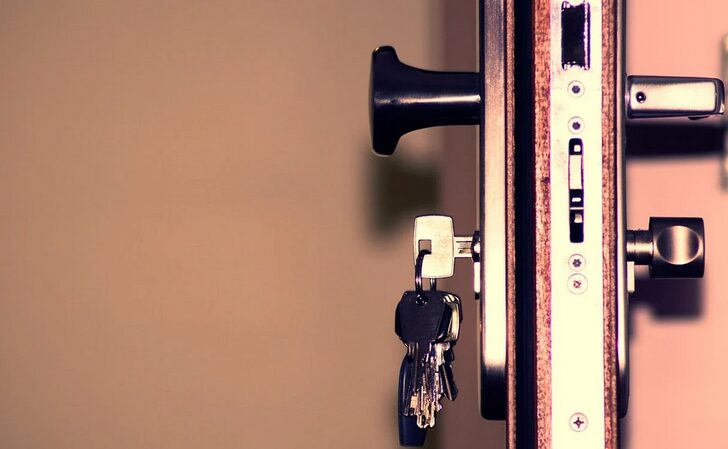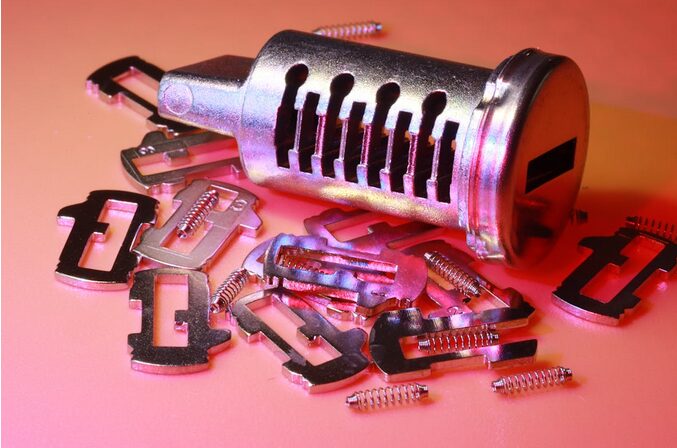
What to Expect During a Lock Replacement Service: A Homeowner’s Guide
Replacing the locks in your home is a crucial step in maintaining security and peace of mind, especially if you’ve recently moved in, lost a key, or experienced a security breach. While it might seem straightforward, understanding the process can help you know what to expect and how to prepare for a smooth lock replacement service. This guide will walk you through the key aspects of a lock replacement service, making the experience as stress-free as possible.
Assessing Your Needs
Before calling the reliable locksmiths in Austin TX, it will take some time to assess which locks need replacing. Consider whether you want to replace all locks or just specific ones, such as exterior doors, garage doors, or interior locks. This will help the locksmith understand your requirements better and provide you with the best options available.
Choosing the Right Locks
Once you’ve identified which locks need to be replaced, you can begin considering the types of locks that will best suit your needs. Common options include deadbolts, knob locks, smart locks, and keyless entry systems. Research the features and benefits of each type, such as security ratings, convenience, and compatibility with your existing door hardware. If you’re unsure, don’t hesitate to ask your locksmith for recommendations based on your security needs and budget.
Scheduling the Appointment
When you’ve made your decisions, contact a professional locksmith to schedule a service appointment. Make sure to inquire about their experience, licensing, and insurance, as these factors can significantly impact the quality of service you receive. Additionally, ask about any estimates for the cost of the service, including the price of the locks and installation fees.
Considering Assessment and Recommendations
Upon arrival, the locksmith will assess the current locks and door frames. They may check for any damage that could affect the installation of new locks and discuss any specific concerns you may have regarding security. This is a great time to ask questions and express any preferences you might have about the new locks.

Unscrewing Old Locks
The locksmith will then proceed to remove the old locks. This process typically involves unscrewing the lock from the door and may take just a few minutes per lock. If there are any complications, such as rust or damage to the door, the locksmith will inform you and suggest the best course of action.
Installing of New Locks
After the old locks are removed, the locksmith will install the new locks. This process involves securing the lock into the door and ensuring it operates smoothly. If you’ve chosen a smart lock or keyless entry system, the locksmith will also assist you in setting it up and connecting it to your smartphone or home automation system.
Conducting a Series of Tests
Once the new locks are installed, the locksmith will conduct a series of tests to ensure that everything is working correctly. They will check for smooth operation, verify that keys fit properly, and ensure that any electronic components are functioning. This is also your opportunity to ask for instructions on using your new locks, particularly if you’ve chosen a smart lock or one with advanced features.
Providing Necessary Documents
After the service is complete, the locksmith will provide you with any necessary documentation, such as warranties or receipts. Be sure to keep this paperwork in a safe place for future reference. They may also offer tips on lock maintenance to help ensure the longevity and reliability of your new locks.
Replacing your home’s locks is an essential step in enhancing security and ensuring peace of mind. By understanding what to expect during a lock replacement service, you can better prepare for the process and make informed decisions about your home security. With the help of a professional locksmith, you can ensure that your home remains safe and secure for you and your loved ones. Remember, investing in quality locks and professional installation is a proactive approach to protecting your home and its occupants.
